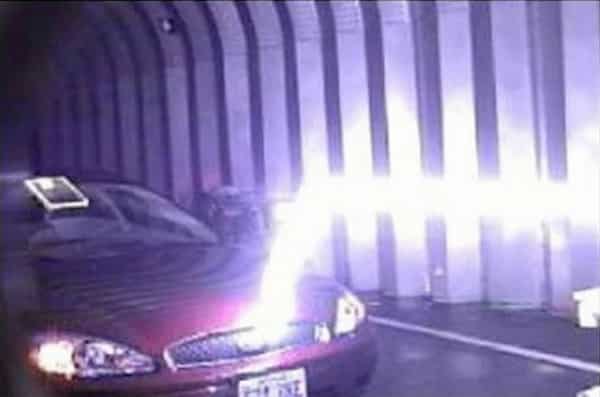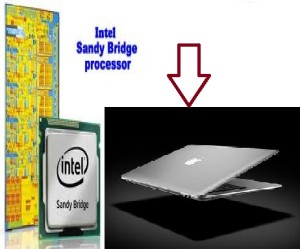Earlier this year (in January), the U.S. Army revealed the existence of a project underway to build a device that could shoot lightning bolts to take out a target. They have successfully made that device. Recently they have achieved success in their first tests using that device.
The technology used to create this device is known as Laser-Induced Plasma Channel (LIPC). A U.S. Army lab is testing how lasers can create an energized plasma channel in the air which is an invisible pathway for electricity to follow. The laser-guided lightning weapon could precisely hit targets such as enemy tanks or unexploded roadside bombs, because LIPC is designed to seek out targets that conduct electricity better than the air or ground that surrounds them.
George Fischer, lead scientist on the project said, “Light travels more slowly in gases and solids than it does in a vacuum. If the light focuses in air, there is certainly the danger that it will focus in a glass lens, or in other parts of the laser amplifier system, destroying it. We needed to lower the intensity in the optical amplifier and keep it low until we wanted the light to self-focus in air. If a laser puts out a pulse with modest energy, but the time is incredibly tiny, the power can be huger. During the duration of the laser pulse, it can be putting out more power than a large city needs, but the pulse only lasts for two-trillionths of a second. If a laser beam is intense enough, its electro-magnetic field is strong enough to rip electrons off of air molecules, creating plasma.”
The team faced a challenge in making the technology rugged enough to survive in harsh battle conditions. Still now, scientists and engineers are continuously working on the weapon’s development to make it perfect following physics’ rules and theories behind their work. George Fischer is more cautioned about the technical challenges that he has to do for the rest of the work. For more, head over to the Official Page of US Army.
Source : Official Page of US Army
[ttjad keyword=”ssd”]




